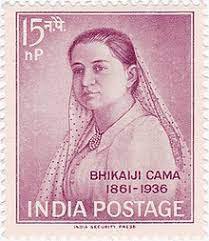A dauntless icon who infused the idea of ‘do not forget the important role of women in building a nation’ across the globe, Bhikaji Cama aka Madam Cama is an unsung name amidst the stalwarts of Indian Independence Struggle!
While we honour popular political dissidents, today we won’t miss out to celebrate this fearless mother of Indian revolution.
The date was 22nd August 1907, and our country’s independence was still 40 years away. When the world was oblivious of the colossal struggle young indians were flighting for their nation’s freedom, Madam Bhikaji Cama became the pioneer to hoist Indian flag on the foreign soil of Stuttgart in Germany.
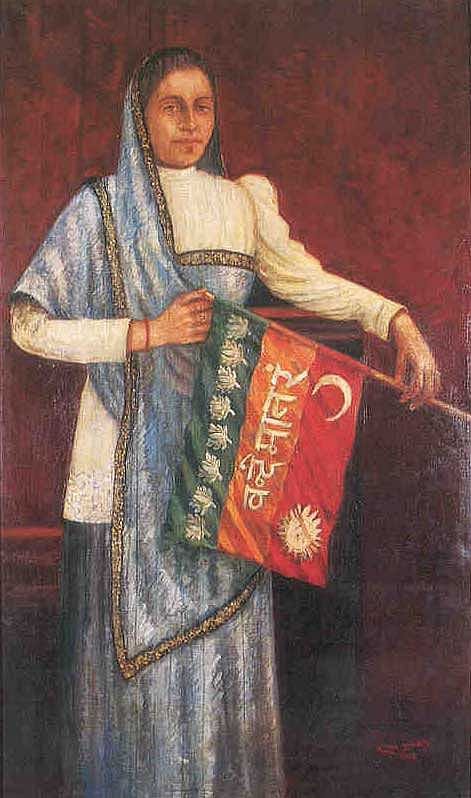
Born on September 24, 1861 into an affluent Parsi family in Bombay, Bhikaji was drawn towards the political concerns at an early age as the Indian nationalist movement was gaining momentum.
She married Rustomji Cama, a well-known lawyer, in 1885, but because Mr. Cama admired the British and their culture, whereas Bhikaji was a staunch nationalist, the couple had their share of differences. Hence, Bhikhaji devoted the most of her time and energy on humanitarian activities and social work.
A life-altering event occurred in 1896. The bubonic plague broke out in the Bombay Presidency, and Bhikaji jumped at the opportunity to help plague victims in Bombay, catching the disease herself. Despite her recovery, she was left in poor health as a result of the disease.
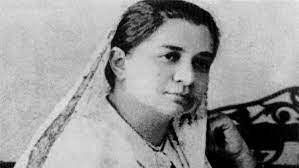
She was advised to go to Europe for recovery so Bhikaji left India in 1902 for London which turned into her home for the rest of her life.
During her stay in London, Britishers warned her that she could only return to India if she signed a statement promising not to engage in nationalist activities. The dauntless woman outright refused to make any such promise and remained in exile in Europe.
During her stay there, she addressed several meetings in London’s Hyde Park with Dadabhai Naoroji, Lala Har Dayal, and Shyamji Krishnavarma who were also strong critics of British policy in India. In this way, she worked for the Indian National Congress even from a foreign land.
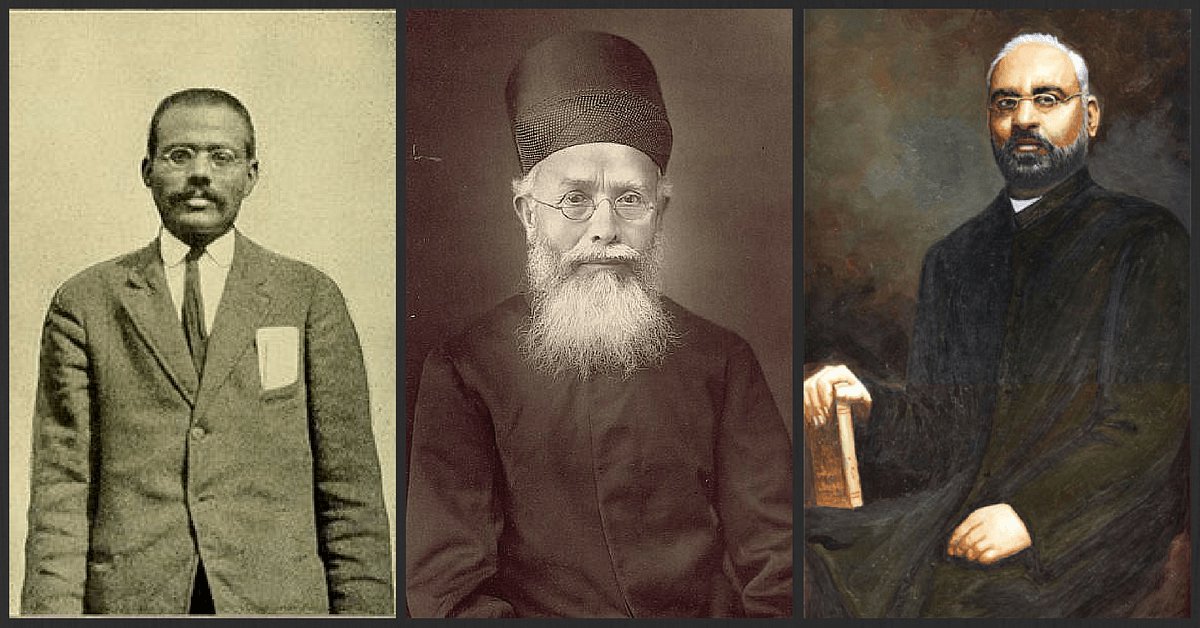
Cama moved to Paris in the same year, co-founding the Paris Indian Society with Singh Rewabhai Rana and Munchershah Burjorji Godrej.
Following Stuttgart, Bhikaji travelled extensively in the United States and educated Americans about India’s quest for freedom. She also advocated the importance of women in the development of a nation. In 1910, she addressed a National Conference in Cairo, Egypt, and asked,
Where is the other half of Egypt? I see only men who represent half the country! Where are the mothers? Where are the sisters? You must not forget that the hands that rock cradles also build persons.
Bhikaji had an anti-British stance when the First World War broke out in 1914.She went to the army base in Marseilles and asked the Indian forces there,
Are you going to fight for the people who have chained your motherland?
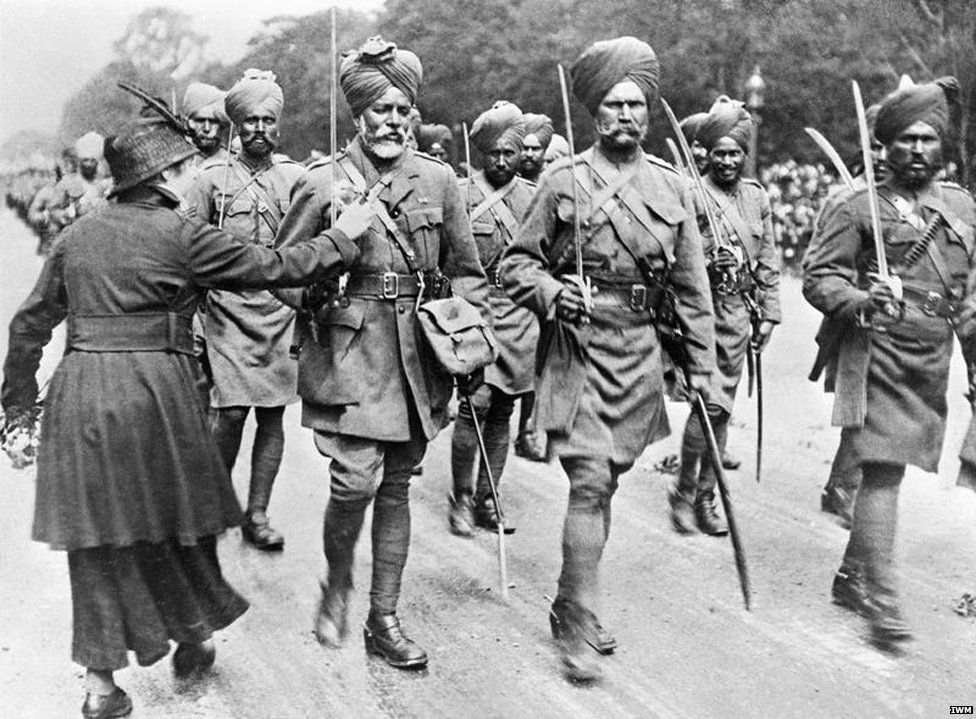
She was compelled to reside outside of Paris and report to the police station once a week because France and England were war allies. Unfazed, the intrepid woman kept active relations with Indian, Irish, and Egyptian revolutionaries, as well as French Socialists and Russian leaders.
Working for Indian sovereignty living in exile, Cama wrote, published and distributed revolutionary literature for the movement, including Bande Mataram and later Madan’s Talwar.
Banned in India and Britain, Bhikaji somehow supplied weekly magazines to Indian revolutionaries. She aided the revolutionaries in every capacity, be it money, material or ideas. Despite their greatest attempts, the British government was unable to stop her.
Cama remained exiled in Europe until in 1935, she got paralysed. She appealed the British government to let her come back home. Knowing that Cama was not in a fit state to engage in the freedom struggle anymore, she was allowed to return to India after 33 long years.
Bhikaji, who was 74, finally returned to Mumbai in November 1935, but did not survive long. She breathed her last nine months later, on August 13, 1936, after fulfilling her desire to visit her motherland again. She had donated the Avabai Petit Orphanage for girls the most of her personal assets. India lost an unflinching leader.
On India’s 11th Republic Day, January 26, 1962, the Indian Posts and Telegraphs Department issued a commemorative stamp in her honour. The Indian Coast Guard also commissioned the ICGS Bhikaji Cama, a Priyadarshini-class fast patrol vessel, in 1997.
